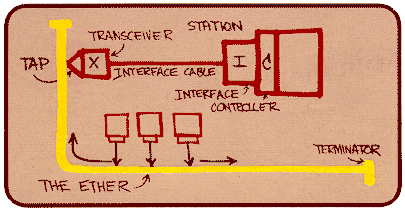So the strangest thing happened out of the blue last week… Swisscom sent me a new xDSL router for free without any warning. I called the service desk and they told me it was because I was being upgraded from ADSL to VDSL. Cool, I thought, and waited. About 3 days later, my Internet went down, so I figured it must be time for the upgrade ( for a telecom company, Swisscom is not too hot on communication ). Sure enough, after some messing around and a call to the service desk again (both filters which were included with the router were DOA), I finally got the connection back up and was able to log into the customer center to check out my WLAN SSID/key and my admin password, etc. for the router. Then I noticed it… at the bottom of the Router Setup Page was the option to enable IPv6 with the text:
Internet traffic would not be able to work without IP addresses which are assigned to any internet user. IPv6 is the newest version of a protocol which, among others, defines the format of IP addresses. IPv6 has the advantage of enabling longer IP-addresses. Hence, the amount of available addresses increases significantly. Swisscom makes every effort to provide cutting-edge services to our customers. Therefore, interested customers may already activate IPv6 directly here.How cool is that? So I selected the option to turn IPv6 on and within a few seconds, my Windows7 PC showed a new public IPv6 address along side my old, dare I say, legacy RFC1918 IPv4 address. Interesingly, my Windows Vista PC also came up with both addresses and seems no worse for the ware…. Yay!
